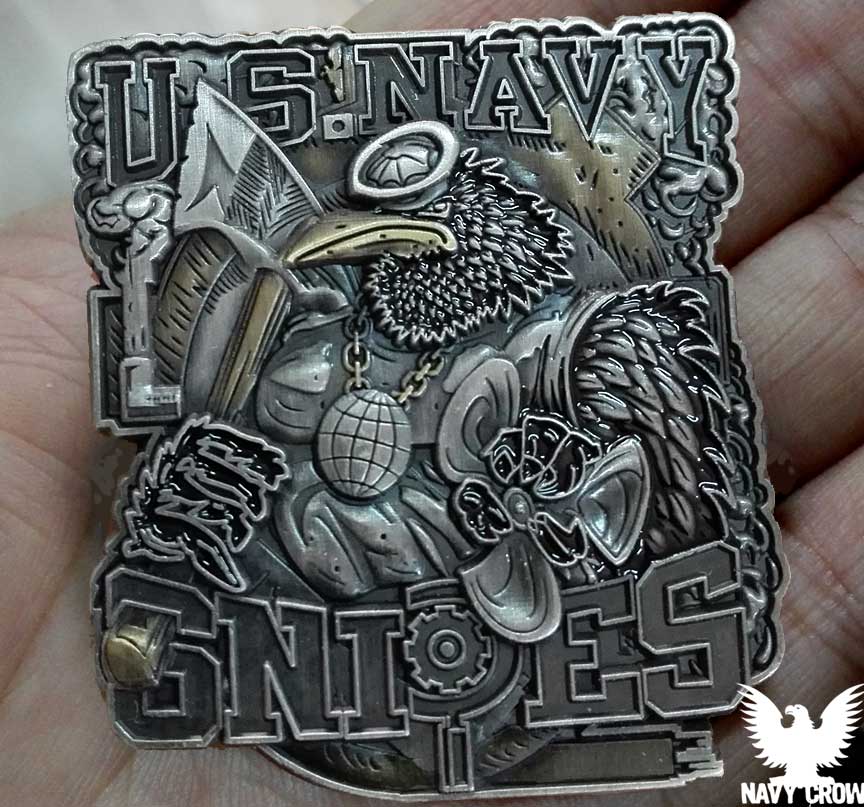SNIPES
SNIPES OF THE US NAVY: Snipes of the US Navy: The Sailors that sail below! The Proud History and Traditions: Who are they, what do they do, why is this important to me?
NAVY ENGINEERS
Been in the Navy a hot minute? Working on your DC quals? Trying to get your Surface Warfare pin? Ever venture below decks to visit with the Sailors Who Sail Below, ever wonder where they came from and what do they do exactly? Hold onto your Dixie Cups for I’ve got a story that will give you a good old fashioned BT Punch and wake you up faster than a cup of Navy Coffee! You may ask yourself “what is a Snipe exactly” and what does this all mean?
The term “Snipe” was originally considered an insult aimed at the Engineering Department Sailors.
DIRTY WORDS
Other common names were “Bilge Rats” and “Black Hats”, referring to Sailors whom worked in the “bilge” or hot/dirty Engineering spaces. In the days before coveralls Sailors commonly wore “undress” whites and blues as a seasonal uniform. The cover was the “dixie cup” or “white hat” as it is officially known. Snipes however were some of the first to transition to the dungarees working uniform due to the dirty nature of their work environment. No one is really sure how it happened, some cite “camouflage” as the reason but around the time of WW II Sailors started dying their “white hats” dark blue and black. It is thought that they did this by washing their hats with fresh denim trousers to hide the grease and dirt which was part of daily life aboard ship. Those Sailors lucky enough for shore duty, or topside work didn’t have these problems and often looked down on the Engineers as nothing more than a “Bilge Rat”.
SNIPE HISTORY
The historical reference of the Ship’s Engineering Department can be traced back to the days of wooden sailing ships and the Sailmakers whose job it was quite literally to make the sails which would then drive the ship, along with the Carpenter and his mates who kept the ship afloat and watertight.
Here are some examples of modern day SNIPE ratings:
- Hull Maintenance Technicians
- Damage Controlman
- Machinist Mates
- Engineman
- Electrician’s mate
- Gas Turbine System Technician
As the world’s navies converted to steam power then came the Coal Heaver responsible for retrieving coal from the ship’s bunkers and transportation to the ship’s furnace room where the Boilermaker and Machinist stood watch over the hearth. Various titles came and went over the next 100 or so years or so as the US Navy continued on and then transitioned from steam boiler to Gas Turbine engines and nuclear reactors. There were a few weird turns along the path of history with the US Navy creating a Chemical Warfare Specialist rating in WW II for CBRN defense/damage control. The more germane reference would be towards the Ship Fitter rating who worked alongside with the Metalsmith and Pipe fitter ratings responsible for the upkeep of the modern day ships of iron and steel.
It seems that the Admirals were bored one day and decided to turn the SNIPES upside down splitting them off into Nuclear trained rates for work on Cruisers, Submarines and Aircraft Carriers, and the Conventional to keep the rest of the Fleet Afloat and running. Today these men and women are responsible for everything from keeping the Engines up and running to Firefighting, damage control and the to the ever important duty of managing the communications systems (not to mention being glorified plumbers some days).









